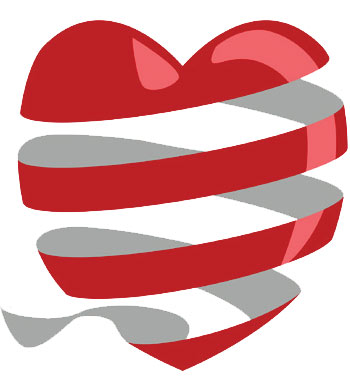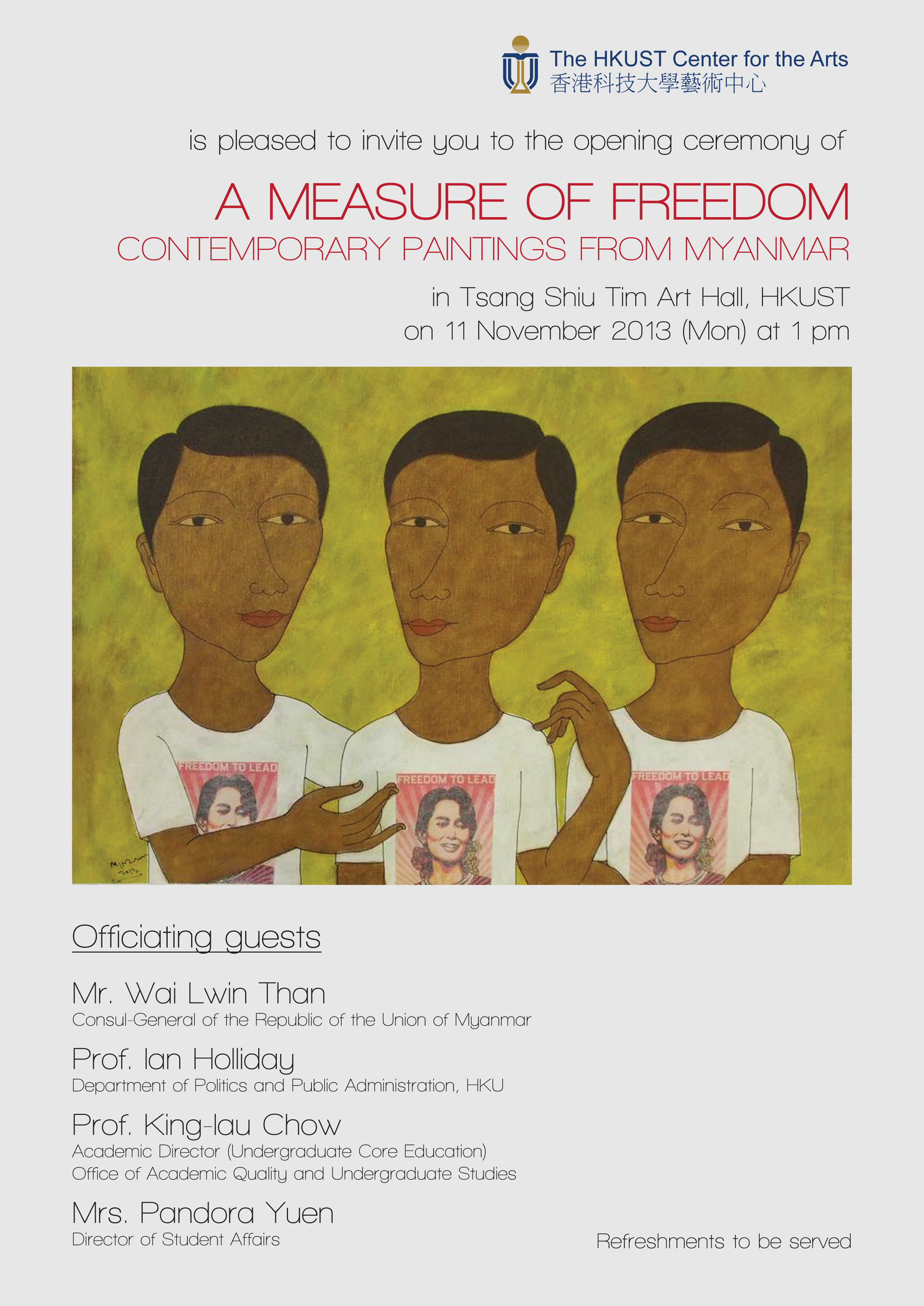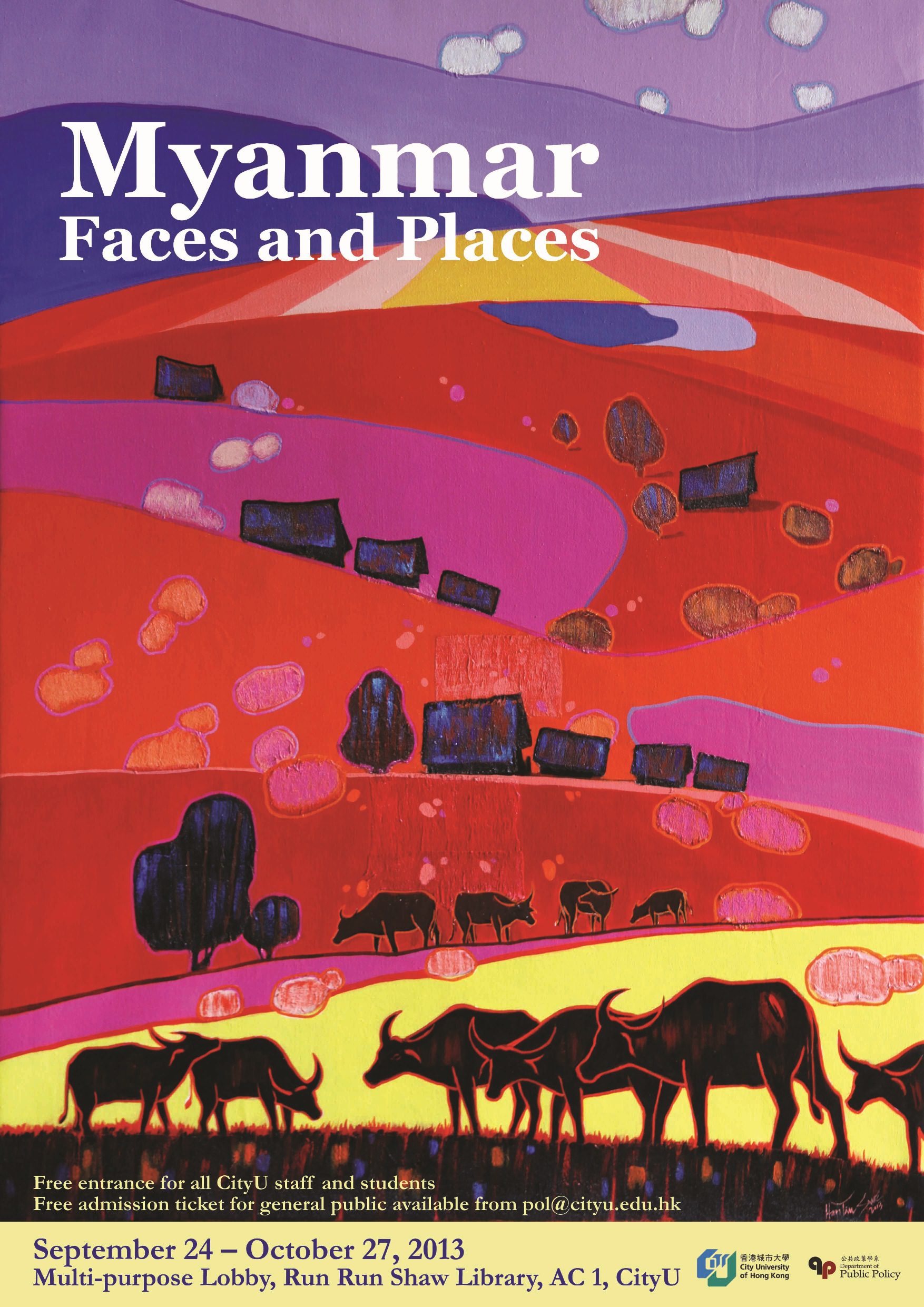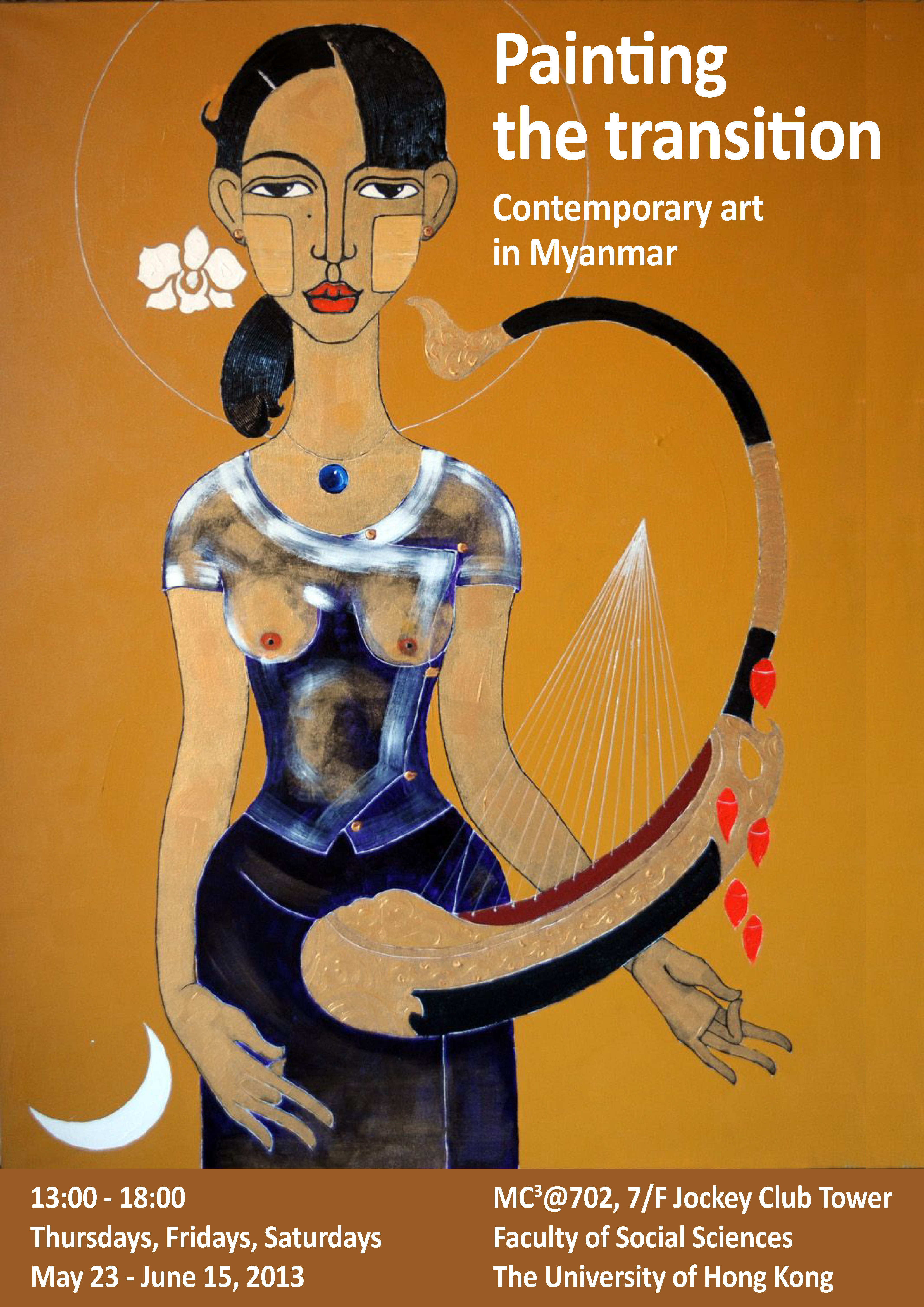The Hong Kong University of Science and Technology
November 11-24, 2013
For most of the recent past, the country known today as Myanmar and until 1989 as Burma was subject to strict authoritarian rule. In 1962, a harsh state socialist regime was instituted with overt military backing. In 1988, collapse of that system at a time of mass protest for democracy resulted only in installation of a formal military junta. Not until 2011 was the junta finally dissolved and control handed to a quasi-civilian government that soon set about implementing a series of major reforms.




